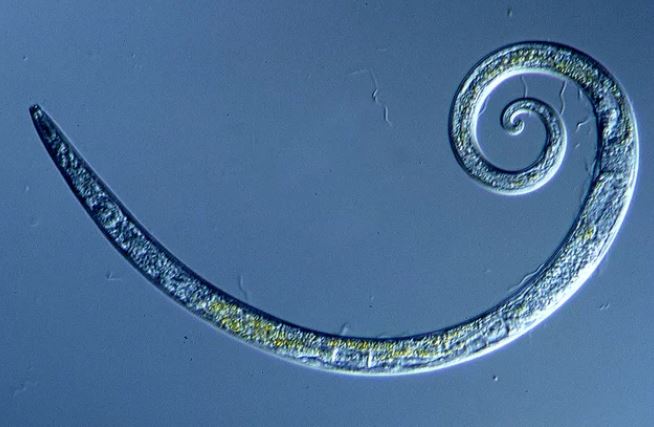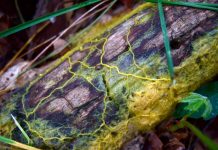In Siberia, melting permafrost is releasing nematodes — microscopic worms that live in soil — that have been suspended in a deep freeze since the Pleistocene. Despite being frozen for tens of thousands of years, two species of these worms were successfully revived, scientists recently reported in a new study.

Their findings, published in the May 2018 issue of the journal Doklady Biological Sciences, represent the first evidence of multicellular organisms returning to life after a long-term slumber in Arctic permafrost, the researchers wrote.
For the new study, researchers analyzed 300 samples of Arctic permafrost deposits and found two that held several well-preserved nematodes. One sample was collected from a fossil squirrel burrow near the Alazeya River in the northeastern part of Yakutia, Russia, from deposits estimated to be about 32,000 years old. The other permafrost sample came from the Kolyma River in northeastern Siberia, and the age of nearby deposits was around 42,000 years old, the scientists reported.
They isolated the worms — all females — from the permafrost samples, finding they represented two known nematode species: Panagrolaimus detritophagus and Plectus parvus. After defrosting the worms, the researchers saw them moving and eating, making this the first evidence of “natural cryopreservation” of multicellular animals, according to the study.
Though nematodes are tiny — typically measuring about 1 millimeter in length — they are known to possess impressive abilities. Some are found living 0.8 miles (1.3 kilometers) below Earth’s surface, deeper than any other multicellular animal. Certain worms that live on an island in the Indian Ocean can develop one of five different mouths, depending on what type of food is available. Others are adapted to thrive inside slug intestines and travel on slimy highways of slug poop.
However, the nematodes weren’t the first organism to awaken from millennia in icy suspension. Previously, another group of scientists had identified a giant virus that was resuscitated after spending 30,000 years frozen in Siberian permafrost.
Further study will be needed to unravel the mechanisms in the ancient nematodes that enabled them to survive such lengthy freezing; pinpointing how those adaptations work could have implications in many scientific areas, “such as cryomedicine, cryobiology, and astrobiology,” the researchers concluded.
Did you ever wake up from a long nap feeling a little disoriented, not quite knowing where you were? Now, imagine getting a wake-up call after being “asleep” for 42,000 years.












